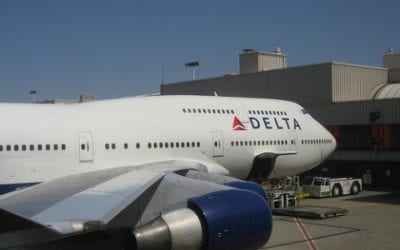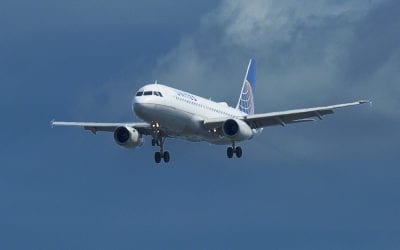Continental and United Airlines are now only United Airlines — RIP CO
The Continental/United Airlines merger is finally completed as far as legalities go. Long live United Continental Holdings! The new airline will be the biggest in the world, surpassing Delta that took the mantel from American when it merged with Northwest. The next step will be to merge the carrier’s unionized workforce.
The two carriers will continue to operate separately for another 12 to 18 months, awaiting a single operating certificate from the Federal Aviation Administration that will allow them to mingle their aircraft, crews and maintenance procedures.
In a statement Friday, the two union chiefs said they won’t be ready to celebrate the merger until they have a joint contract. A big sticking point for them is “outsourcing” of flights and pilot jobs to their employers’ regional airline partners, which is common industry practice. The current Continental pilot contract limits that airline to using regional jets of 50 seats or fewer in its commuter operations. The United pilot contract is more lenient, allowing commuter partners to fly planes of 70 seats.
Will new safety rules make pilots fly more?
Pilots at US Airways are planning on testifying at the House Transportation Committee that the new fatigue rules proposed by the FAA will make them fly more rather than less as would seem logical. They argue that the new fatigue rules will have the opposite effect on pilots of that intended.
The Federal Aviation Administration issued the proposed crew-rest rule on Sept. 10. It would shorten shifts for pilots who fly at night, but some who fly during the day could spend more time in the cockpit.
The rule would bar airlines from scheduling pilots to be on duty — either flying or at the airport ready to fly — longer than 13 hours in a 24-hour period, which is three hours less than current rules.
But airlines could schedule pilots to start working between 7 a.m. and 1 p.m. and keep them in the cockpit for as much as 10 hours of actual flying — two more hours than now allowed.
TSA plans to deploy as many as 1,000 body-scanning machines by the end of 2011
You can’t stop the march of the whole-body scanners. They may radiate us, they strip us naked, they can’t see anything in a body cavity or under a flap of skin, they take up extra room at airports, they need more personnel, they are inconvenient and they take extra time. Other than that these are perfect machines. The Transportation Security Administration, in all of its wisdom, keep rolling them into airports and slowing our already slow system.
“We have a ton of technology that is going to be coming to airports soon,” he said, noting that most new equipment will have a 5-7 yr. lifespan before being replaced with even more advanced technology, some of which is still in the research and development phase.
He projected that the agency will “experiment a little this year at checkpoints” to see if “some type of integration” of equipment and processes is possible. This is aimed at increasing passenger throughput, reducing the footprint for security equipment and utilizing TSA’s machines more efficiently, he explained. Kane revealed that the agency spends $350 million annually maintaining the 13,000 “pieces of equipment” it has deployed at airports. “I’d like to get our maintenance costs down,” he said.

Charlie Leocha is the President of Travelers United. He has been working in Washington, DC, for the past 14 years with Congress, the Department of Transportation, and industry stakeholders on travel issues. He was the first consumer representative to the Advisory Committee for Aviation Consumer Protections appointed by the Secretary of Transportation from 2012 through 2018.




